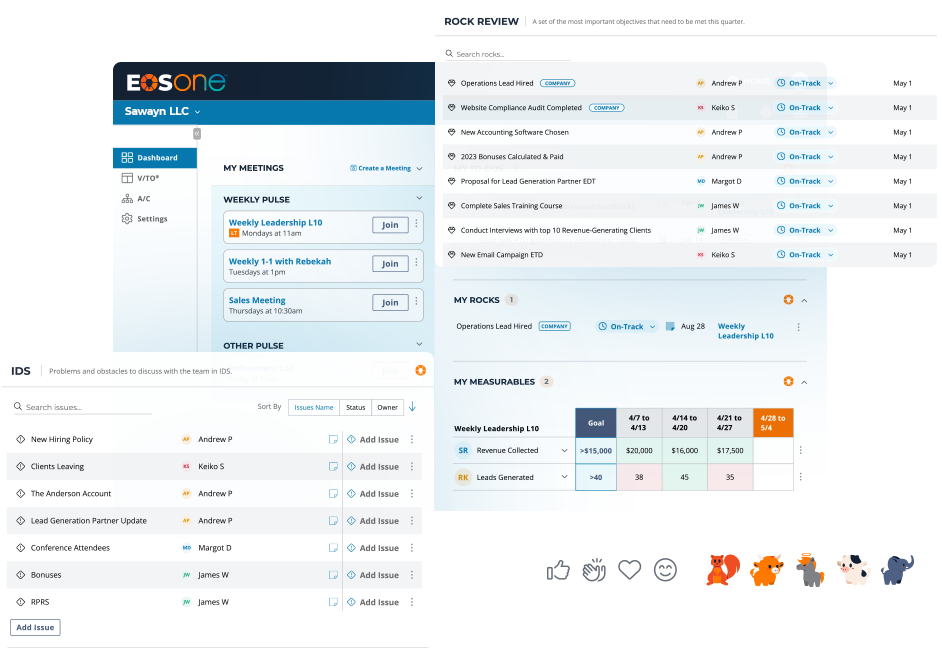“Don’t let fear destroy your dreams.”
From the book, “Fearless Leaders,” by Greenberg and North
There are rational fears and irrational fears. Rational fears protect you. Irrational fears limit you and can even be emotionally paralyzing. Irrational fears are the rational interpretation of the false stories we make up and then believe. It’s when our mind makes stuff up and we come to believe it … something we all do at times, most of us are really good at it, especially when we are in fear. I call it MSU. It’s not a university, MSU stands for Make Stuff (or another “s” word) Up.
Before delving into how to master irrational fears, let’s clarify the value of rational fears since they protect you. Here’s how I learned the rational fear about mountain biking in Alaska.
I grew up in the woods (of the Adirondack Mountains in New York Sate) and am really comfortable there, but my woods weren’t full of grizzly bears … only black bears and not many of them.
During a time in my life that I was really into mountain biking, I went on a speaking tour throughout Alaska. If you’ve been to Alaska, you know it’s incredibly beautiful and different from any other place in the United States. While I was there, I really wanted to go mountain biking, so I found a mountain guide and here’s our conversation.
Me: Where can I rent a mountain bike?
Mountain guide: He told me, then asked, “Do you have a gun”?
Me: No, but I have this can of pepper spray that’s made to deter bears.
Mountain guide: Well that stuff will really piss ’em off! Do you know what we call bikers here in Alaska? We call ’em meals on wheels.
Later on that trip, on a three-hour bus tour of Denali National Park, just looking out the bus window, we saw 23 grizzly bears. So, to this day, I’ve never mountain biked in Alaska; Mountain biking in Alaska was a learned, rational fear.
Now, What irrational fears are getting in the way of your relationships? Your work? Your family? Compete the exercise below to help you better recognize the stories you are making up. We make up stories when we are afraid.
Identify your fears
Finish these sentences. Be as deeply honest with yourself as possible.
- I can’t….
- I don’t because….
- I’m afraid….
Which of the fears you just thought of is associated with fear of failure?
Master Fear in Six Powerful Steps! These six simple, but amazingly powerful steps can help you gain control of the irrational fears of failure that keep you from fully experiencing success and happiness.
Step 1: Identify your fear. Write down what you’re afraid you’ll fail at.
Step 2: Embrace your fear. Gently embrace it; imagine it. What does it look like? What might it sound like? Does it have a name? Remember, you created this fear and continue to create it, so you developed this fear for a reason. Its original purpose was to protect you (yes really!) but now it’s holding you back. Acknowledge your fear for how it served you when you first developed it (it might be during childhood) and then begin to release it with deep appreciation that it used to serve you.
Step 3: Disidentify. Be free of your fear. Fear is not you. Your fearful thoughts created an emotion, but you’re not your thoughts or your emotions. Use the image you created in Step 2 to understand that your fear is not you. See, feel or hear your fear leaving you, moving behind you and becoming smaller and weaker until it disappears. Let it know you’re safe without it. Time to let it go with kindness; it’s not you!
Step 4: Identify your worst-case scenario. Describe it in detail. Would you survive it? Is it something you could recover from or overcome?
Step 5: Do a reality check. Now that you have identified your worst-case scenario, how probable is it that this worst case will come true? It’s sometimes useful to use a zero to 100 percent scale in which zero is no possibility and 100 percent is am absolute certainty. Answer the question from pure logic in the present, not from emotion or past experiences.
Can you accept the probability? Decide if you can accept the level of probability. If you can’t accept the level of probability that the worst-case scenario will happen, then you’ll need to do something to change the situation or level of risk. For example, you want to implement an unproven strategy, but if it fails, you put the company at risk of bankruptcy. In this case, the probability is too high to accept. You will either need to modify the strategy, delay it’s implementation until you can lower the risk, or drop it. If the probability is acceptable and you also accepted the potential of the worst-case scenario, let yourself come to peace with it and set it aside.
Step 6: Create a fear-less focus.
- Imagine your life if you were in control of your fear. How would you sit, walk and move about? Can you imagine what it might feel like to confront the challenges that used to hold you back? Can you hear how you would speak if you were in control of your fear rather than it being in control of you?
- As you experience this, imagine focusing on being successful in attaining whatever it is that you have been afraid to fail at. Focus on the thoughts, feelings and actions most associated with being successful.
- Now, with your fear not holding you back, take action toward creating your best-case scenario. Take your first action right away … it builds confidence an positive momentum.
- Repeat these steps until you have mastered your fear. Mastery does not mean you are without fear; it means you control your fear – it doesn’t control you.



